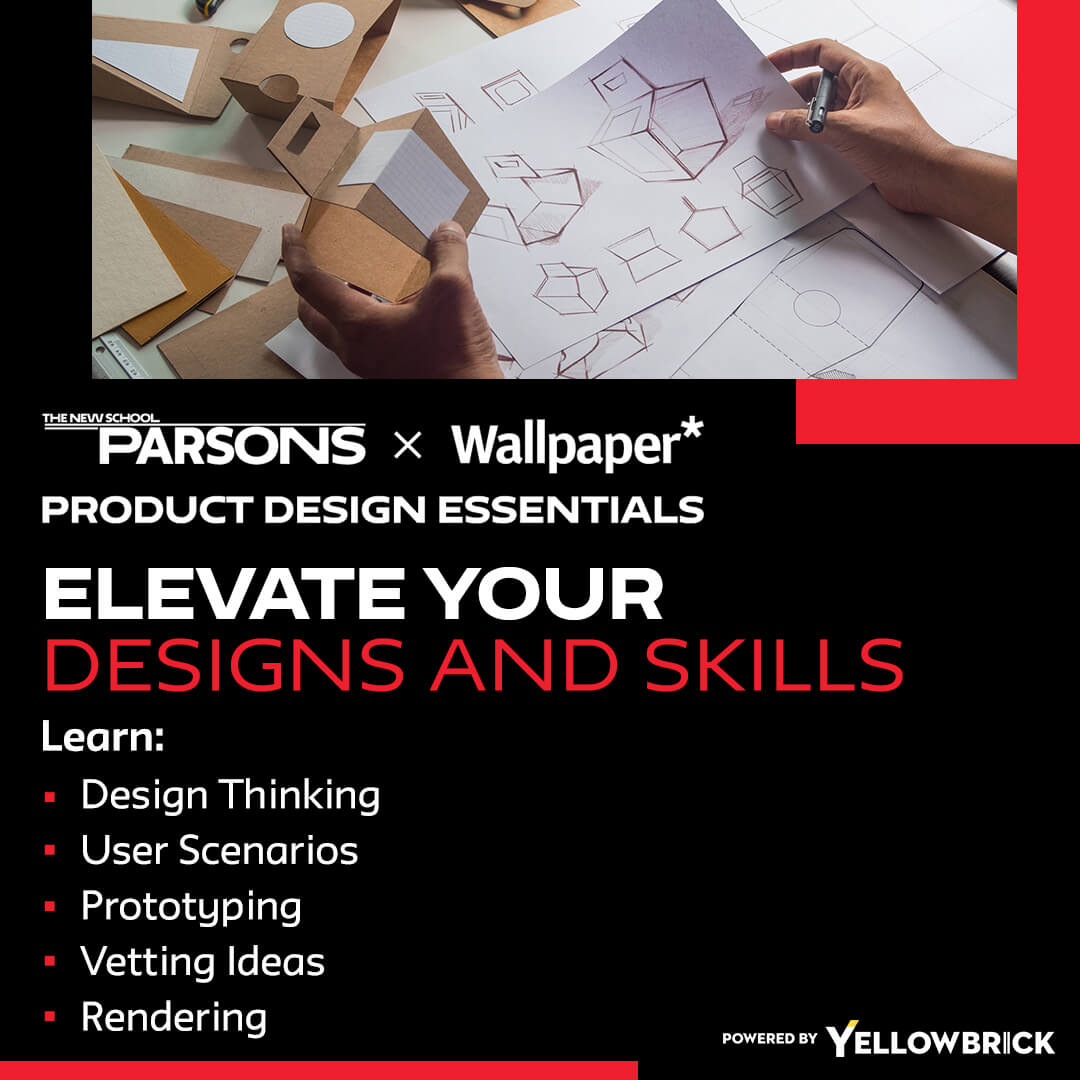Raja Schaar Talks About Human-Centered Product Design

In product development, you go through what we call the human-centered design process that involves you really trying to understand as much as possible about who is going to be able to use the product or idea. You have to do what we call ethnography and really try to recall and understand the insights, backgrounds, pain points and motivations of consumers in general and the members of a specific target market. You need to learn from their demographic framework, which means you need to study their class, race, gender, sexuality, employment status, level of education, geographic location and academic, work and social networks. We call these people, the ones who interact with our products and ideas, stakeholders.
Recognizing Every Stakeholder
If you are designing a product for a child, for instance, they are a stakeholder. Yet, the child’s parent who buys their toys, objects, articles of clothing and other items product designers create is also a stakeholder that you must consider during the design process. By extension, anyone else who might buy the product for the child, such as grandparents or friends, are also stakeholders, right? You need to ask yourself: Who else is influencing the person or group of people who you are designing for and what type of value do they find in it?
Recognizing Physical Elements
When we focus on humans during the human-centered product design process, we are trying to understand how people and people around them think and value things. We are also trying to understand them as physical human beings too. Oftentimes, when we are creating objects of design on the industrial design scale, we must focus on what we call “human factors.” We are trying to understand particularities about someone’s physiology, such as the strength of their body, the size of their hands, the level of their vision or the size of their head, to make certain that we understand how a product might interact with them physically.
Online Product Design Education
Human social and physical factors influence designs and economics. We need to think about how stakeholders want a product to function and the types of problems that a product can solve for them. Keep in mind that these are just a few examples of human-centered product design. During your product design education, you will learn a lot more about this process and how you can use it to turn ideas into tangible items that people need and want to bring into their lives.


